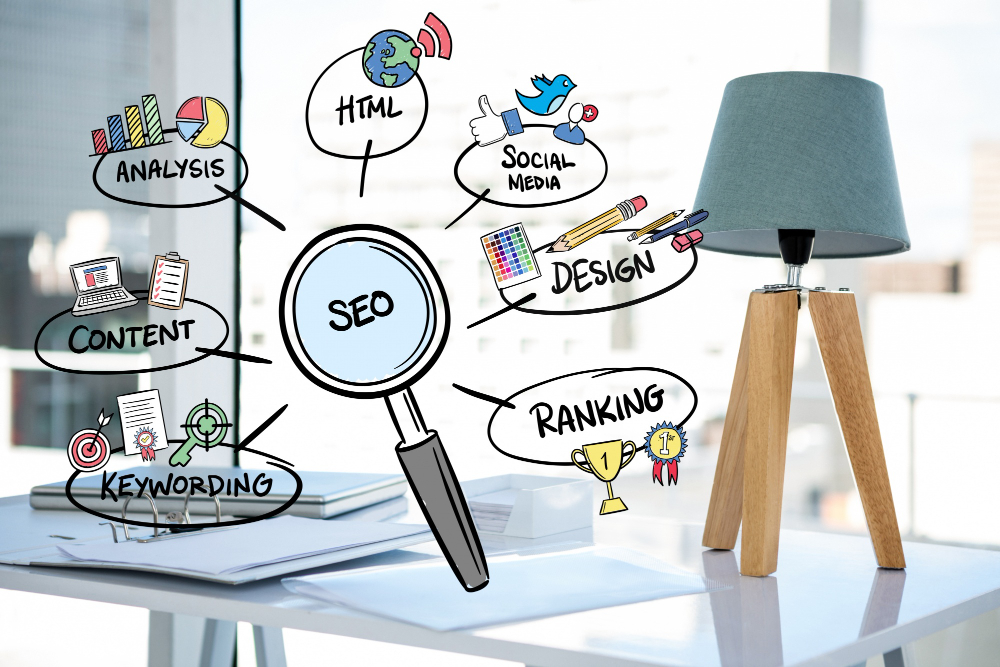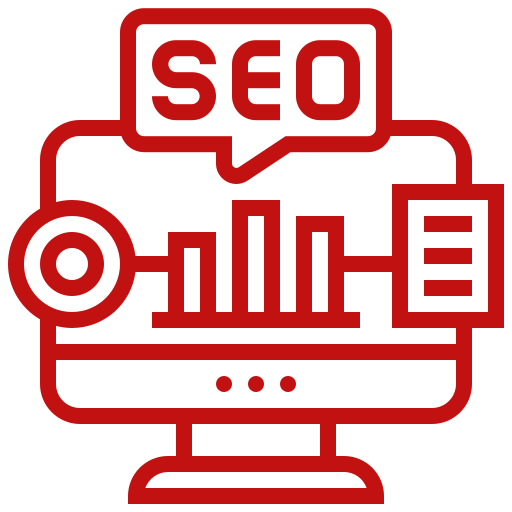In the digital marketing realm, two essential acronyms often come up: SEO and SEM. Both play crucial roles in enhancing online visibility and driving traffic to websites, but they operate differently. Understanding the disparities between SEO (Search Engine Optimization) and SEM (Search Engine Marketing) is fundamental for devising effective digital marketing strategies. Let’s delve into the key differences between these two powerful tools and how they contribute to the online success of businesses.
SEO (Search Engine Optimization)
SEO focuses on optimizing a website to improve its visibility and ranking in organic search engine results. It involves various strategies aimed at enhancing a website’s relevance, authority, and user experience to align with search engine algorithms. Key aspects of SEO include keyword research, content optimization, on-page optimization (such as meta tags and headings), off-page optimization (like link building), and technical improvements (such as site speed and mobile-friendliness). The primary goal of SEO is to increase organic (non-paid) traffic by ensuring that the website appears prominently in relevant search queries without directly paying for placement.
SEM (Search Engine Marketing)
In contrast, SEM encompasses paid advertising strategies to increase a website’s visibility in search engine results. While SEO focuses on organic methods, SEM involves paid tactics, commonly known as pay-per-click (PPC) advertising. PPC ads appear at the top of search engine results pages (above organic results) and are marked as advertisements. Unlike SEO, where traffic is earned organically, SEM allows businesses to pay for immediate visibility. The most popular platform for SEM is Google Ads, where advertisers bid on keywords relevant to their target audience. SEM campaigns can be highly targeted, allowing advertisers to reach specific demographics, locations, and interests, and they offer robust tracking and analytics to measure performance and ROI.
Key Differences
- Nature of Traffic: SEO generates organic traffic, while SEM generates paid traffic.
- Cost: SEO is generally a long-term strategy with upfront investment but lower ongoing costs, whereas SEM requires ongoing investment as long as you want to maintain visibility.
- Visibility: SEO aims for organic rankings, while SEM guarantees immediate visibility through paid ads.
- Approach: SEO involves optimizing website elements and content, while SEM involves creating and managing ad campaigns.
- Timing: SEO results take time to manifest, while SEM delivers instant results once campaigns are launched.
Conclusion
In summary, while SEO and SEM both aim to increase online visibility and drive traffic, they differ significantly in their approach, cost, and timing. SEO focuses on organic strategies to improve search engine rankings over time, while SEM utilizes paid advertising for immediate visibility. Understanding the nuances of both SEO and SEM and integrating them into a comprehensive digital marketing strategy can maximize a business’s online presence and achieve long-term success in the competitive digital landscape.















